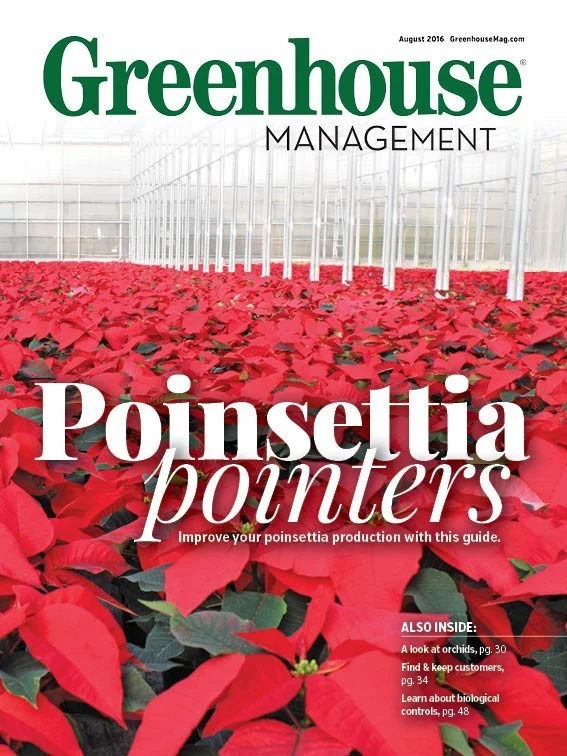In the past few months, it’s been nearly impossible not to notice the recent changes to Facebook’s user interface — particularly the like/comment/share panel, which is a huge point of interaction on the social media platform.
Since late February, Facebook users have been able to express themselves beyond a simple thumbs-up on posts, statuses and links that appear in their news feed. This new feature, known as the “reaction” button, activates when the user hovers a cursor over the “like” button on computers or taps and holds the “like” button on mobile devices and selects a reaction. Options for reactions include emoticons for love, astonishment, anger, laughter and sadness, as well as the familiar “like.”
While it’s not exactly a “dislike” button, which Facebook users have been asking for since shortly after the “like” button was first activated in 2009, the reaction function gives users access to a wider range of feelings they can express with a click. This also means Facebook users can engage directly with the brands and companies they follow and immediately tell them how they truly feel.
Facebook directors explained the goal of the new feature in a newsroom.fb.com blog post during the launch of the reactions capability.
“We’ve been listening to people and know that there should be more ways to easily and quickly express how something you see in News Feed makes you feel,” reads the blog post, written by Product Manager Sammi Krug. “That’s why today, we are launching Reactions, an extension of the Like button, to give you more ways to share your reaction to a post in a quick and easy way.”
Marketing experts have been hard at work analyzing what this new function means for businesses and brands active on social media — and how they can learn from their followers’ reactions.
The first thing that Facebook page admins may notice with this interface change is that they are told how users are reacting to their posts in the notification panel. Reaction breakdowns are also visible — and public to all users — on the posts themselves, and can be seen by clicking the reaction listing directly above the like/comment/share bar. These breakdowns can tell admins how specific followers felt about what they’ve posted.
As result, marketers now have a deeper understanding of what people think of their content, but it could go even further than that. The marketing company HubSpot, in an early March blog post about the new addition, pointed out that the feature can play a key function in gathering trend data from social media responses. By watching how the reactions roll in, businesses can tailor their posts accordingly.
“Do posts that get more ‘love’ end up performing better with your audience? Then create more lovable content,” HubSpot’s blog post reads. “Do posts that ‘anger’ users get more shares? Perhaps it’s time to stir the pot a little bit (in a respectful way, of course)”.
Feeding into this ability to measure audience moods, some brands are encouraging their followers to utilize the reactions to be more specific about how they feel when they read through their feeds. SocialMediaExaminer.com recommends this approach in an article about the reactions feature posted in February.
“People love trying new things. Simply invite your fans to test out the new reactions on your page today,” the post reads. “Not only will it teach your fans how to use this feature, but it will also boost your page’s overall engagement and organic reach.”
The reaction function means companies active on Facebook now have more metrics to track than before, which can seem like extra work. However, these additional figures also give marketers more data to work with when planning their social media approach.

Explore the August 2016 Issue
Check out more from this issue and find your next story to read.
Latest from Greenhouse Management
- Flexible fungicides
- Super Charged Moon Juice from Moon Valley Nurseries now available nationally
- 2025 Proven Winners Horticulture Scholarship applications now open
- How to improve inventory and shipping management in the greenhouse
- Leading Women of Horticulture: Anna Ball, Ball Hort, and Terri McEnaney, Bailey Nurseries
- GM CEA HERB Part 2: A guide to increasing the sowing density of culinary herbs
- GM CEA HERB Part 1: Best practices for producing culinary herbs in controlled environments
- USDA fires experts on invasive pests, including Asian citrus psyllid, chilli thrips





